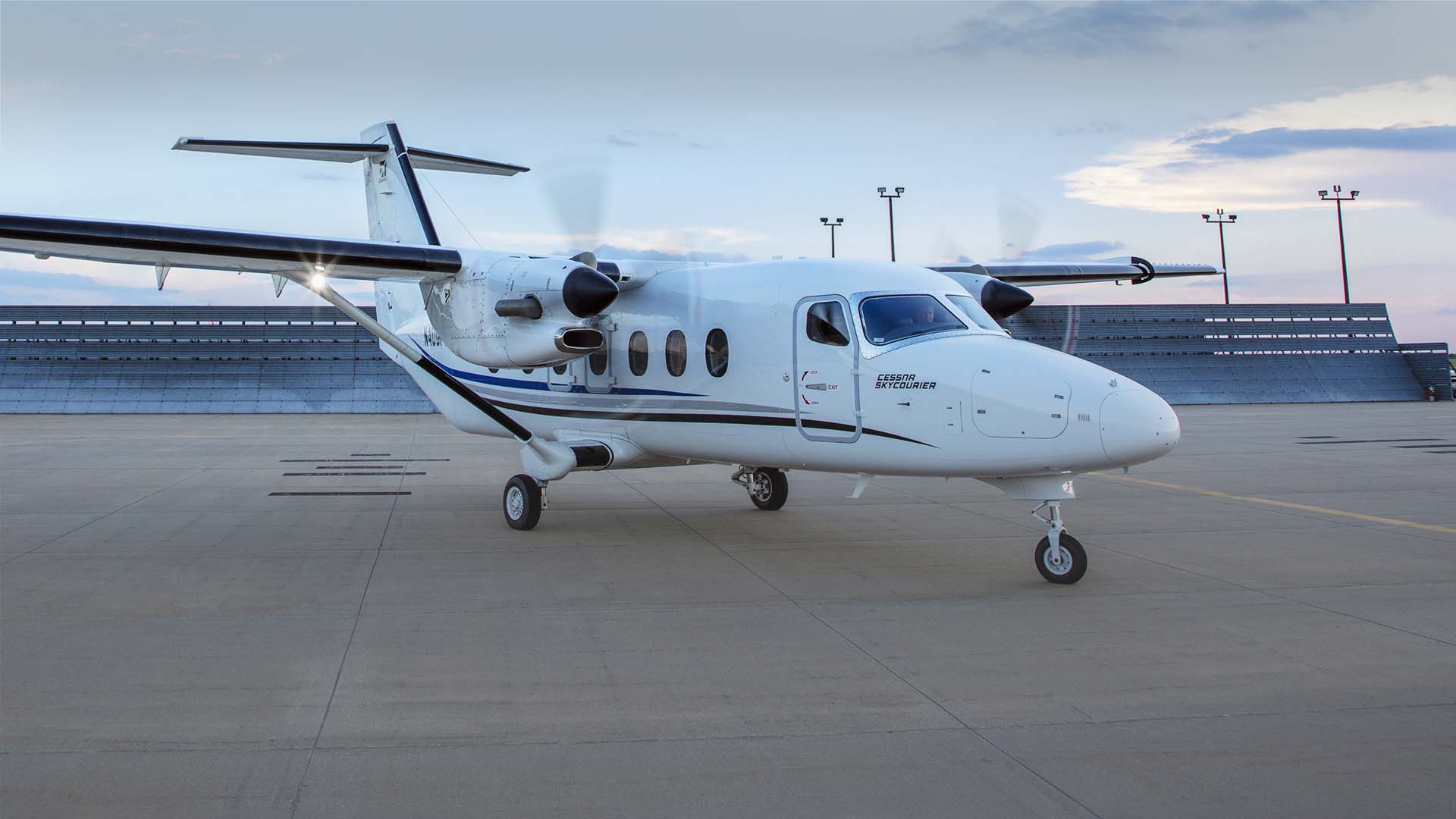- Reaction score
- 160
- Points
- 680
Keeping the existing fleet operating is increasingly problematic. The OEM doesn't even make many of the required parts any more and we don't require them in sufficient quantity to generate large purchase orders. So we pay through the nose and the vendors are not highly motivated to meet timelines. The workload to support these aircraft is ridiculously out of proportion to the size of the remaining fleet.
It's a testament to the dedication of the maintainers and the procurement specialists that these birds are still in the air at all.
It's a testament to the dedication of the maintainers and the procurement specialists that these birds are still in the air at all.




